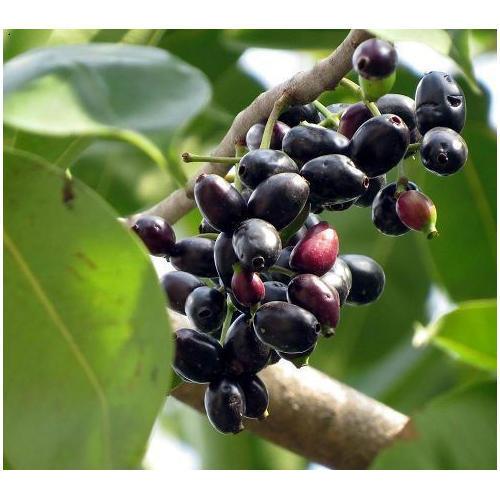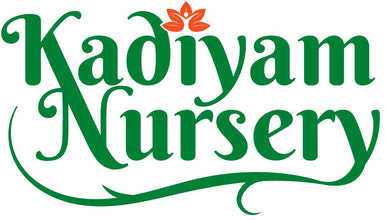- Common name:
- Jambolan, Malabar Plum, Java Plum
- Regional name:
- Marathi - Jambhul, Hindi - Jamun, Bengali - Jam, Gujrati - Jambu, Kannada - Nerale, Malayalam - Naval, Tamil - Neredam, Telugu - Neereedu, Urdu - Jaman.
- Category:
-
Fruit Plants, Trees, Medicinal Plants
- Family:
- Myrtaceae or Jamun or Eucalyptus family
-
Introduction to Jamun Tree
- Scientific name: Syzygium cumini
- Common names: Jamun, Java plum, Black plum, Indian blackberry
- Family: Myrtaceae
- Origin: Native to India, Bangladesh, and Southeast Asia
Jamun Tree Plantation
-
Choosing the right location: Jamun trees prefer a sunny spot with well-draining soil. They can tolerate partial shade but produce better fruit yields in full sun.
-
Soil preparation: Jamun trees grow well in a wide range of soil types but prefer loamy, well-draining soil with a pH between 6.0 and 7.5. Amend the soil with organic matter if needed.
-
Planting: Plant young trees during the rainy season for best establishment. Dig a hole twice the size of the root ball, and ensure the tree is planted at the same depth as it was in the nursery pot.
Growing Jamun Tree
-
Watering: Water regularly, especially during the first few years of growth. Mature trees are moderately drought-tolerant but benefit from consistent moisture.
-
Fertilizing: Apply a balanced fertilizer during the growing season. Organic options such as compost or well-rotted manure can also be used.
-
Pruning: Prune young trees to encourage a strong, open structure. Remove dead, diseased, or crossing branches. Mature trees require minimal pruning, mainly to maintain shape and remove damaged branches.
Jamun Tree Care
-
Pest and disease management: Inspect the tree regularly for pests such as aphids and mealybugs. Use organic or chemical controls as needed. Monitor for fungal diseases and treat with fungicides if necessary.
-
Mulching: Apply a layer of organic mulch around the tree to conserve moisture, suppress weeds, and regulate soil temperature.
-
Harvesting: Jamun fruit typically ripens between June and August. Harvest when fruits are dark purple and slightly soft to the touch.
Benefits of Jamun Tree
-
Medicinal properties: Jamun fruit and seeds have been used in traditional medicine to treat diabetes, digestive issues, and inflammation.
-
Nutritional benefits: Jamun fruit is rich in vitamins and minerals, including vitamin C, potassium, and iron. It also contains antioxidants and fiber.
-
Environmental benefits: Jamun trees help reduce soil erosion, improve air quality, and provide habitat for birds and other wildlife.
-
Culinary uses: Jamun fruit can be consumed fresh, used in jams, juices, and desserts, or fermented to make wine or vinegar.



